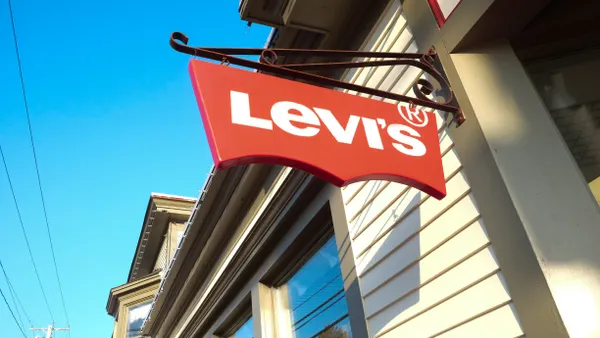At a time of year when people want to slow down and enjoy the season, retailers gear up for the opposite, ramping up advertising and seeking to prove that every dollar spent produces a return. Add to the mix the average shopper’s dilemmas – long checkout lines, crowded parking lots, and finding the best deals for every gift on their list – and you have a perfect storm: marketers with lofty goals and consumers with even loftier demands.
But for marketers and consumers alike, one ray of light seems to break through the clouds: personalized advertising through offers and incentives, which provide the marketer a way to reach the most relevant shoppers—and confirm their efforts worked—and provide consumers a way to offset the direct impact to their wallet.
Mastercard data shows that retailers saw a 15% overall lift in holiday sales when activating through the Mastercard Commerce Media channel during the holiday period (October-January). Cardholders activating offers within Mastercard Commerce Media channels spent a whopping 63% more than those that didn’t and were 21% more likely to redeem when an offer was made available to the user.
Advertisers are seeking the best way to convert shoppers into buyers with the right message at the right time. With that in mind, it’s no surprise that retail, financial, and commerce media networks have exploded over the past few years and collectively account for billions in annual ad spend – roughly $62B for retail media and a growing $1B for financial media. But when a weary shopper makes it through the chaotic parking lot, navigates crowded aisles and makes a purchase in-store, where most transactions still take place, most digital media networks lose their appeal when they can’t track what happens at the physical checkout counter.
The limits of retail media in an omnichannel world
Retail media networks are in-house ad platforms where the retailer offers up its own channels (like its website or app, or its in-store displays) as advertising space, most commonly to brands that already sell within those channels. The ability to tailor advertising to individual consumers is part of the draw to an RMN, but the retailer only knows what happens inside their own digital or physical walls.
But measurement and reporting remain a huge pain point for advertisers. There are no baseline metrics or standards across the industry, leaving RMNs to grade their own homework and advertisers uncertain about true performance. And while a closed ecosystem can be powerful within four walls, it’s ultimately disconnected from the shopper’s broader journey, which means conversion goes untracked if the consumer sees an ad in a digital channel and then buys the product elsewhere or offline.
This challenge is especially exacerbated during the holidays when consumers bounce across channels and between touchpoints. While the consumer may find what they’re looking for, the advertiser will only find inefficiencies.
From retail media to commerce media: the next evolution
The gap between digital exposure and physical purchase is wider during the holidays than at any other time of year. Consumers might research a gift online, see an ad or a deal in an app, then complete the purchase in a store days later. Holiday spending crosses a wide variety of categories like dining, travel, entertainment, and everyday spend as consumers prepare for the season. Marketers struggle to make sense of it all, and commerce media solutions with visibility to online, in-store, and cross-merchant transactions help close that gap, unlocking the ability to understand and optimize real-world results. At Mastercard, we know how powerful that is for marketers — Mastercard Commerce Media currently delivers up to 22x return on ad spend for advertisers.
Commerce media represents the future of digital media advertising, connecting insights across multiple merchants and industries to measure how ads influence purchases in the broader market. Moving beyond siloed measurement gives marketers a unified view of what’s working across the board, not just in one store or one channel. With consumer-consented insights from real transactions informing smarter personalization and precise attribution, commerce media provides a direct line between marketing spend and actual sales, whether those sales happen online or in-store.
Looking ahead
As much as the holidays are about relaxing and rejoicing, the marketer’s plight is anything but. This season, don’t rely on predictions or guesses to guide your advertising strategy; instead, look for the clearest picture of what’s driving real sales.
Because when the wrapping paper is cleared and the season’s numbers are tallied, it’s not just about who clicked — it’s about who bought.










